
Written by Elliot Kane
The healthcare sector is currently undergoing a major shift due to the technology boom. The main actors in this shift are medical software development companies that develop solutions that are specific to the healthcare sector. But when it comes to the medical industry, the role of software development cannot be overlooked. But how does one go about being successful in this complex and highly regulated industry? Please read on to discover the main topics, issues, and potential solutions that define the industry today.
The Role of Medical Software Development Companies Today
In the last few years, the need for developing medical software has greatly increased due to the need for better, quicker, and easier healthcare solutions. These companies are at the center of this shift that is using Artificial Intelligence (AI), Machine Learning (ML), and the Internet of Medical Things (IoMT) to develop applications that are changing the way medical services are being delivered.
For instance, telemedicine practices are becoming popular, and companies like Teladoc Health and Amwell have completely changed the way through which patients can interact with healthcare providers, and this has reduced the time and space element. Similarly, hospital software development has also greatly expanded, with the help of companies like Epic Systems and Cerner Corporation for improving the management of electronic health records and integration of information across different wards.
However, it is not only the big companies that are active. Some niche, small companies are also contributing a lot. For instance, a few months ago, I discovered a start-up that had created a mobile application for diabetic patients. It not only monitors blood glucose levels but also tracks them in real-time and notifies the doctor whenever the levels are high or low. It is such types of medical software projects that uncover the potential of software development.
The Current Trends in Medical Software Development
The field of software development in the medical field is also growing, and new tendencies appear every year. Here are some of the most impactful trends shaping the industry today:
Telemedicine and Remote Patient Monitoring.The COVID-19 pandemic has led to the telemedicine boom, and this trend is still going strong. Medical software development companies are now developing platforms through which healthcare providers can consult their patients, monitor them, and even do diagnoses remotely. For instance, Teladoc Health has become a household name and is offering telehealth services to millions of people globally.
AI and Machine Learning in Diagnostics. AI is no longer a futuristic concept; it is a reality, and it is making a difference. Current studies indicate that machine learning algorithms are used in analyzing medical images, predicting the probable outcome of the patient, and even assisting in drug discovery. A good example is IBM Watson Health, which uses AI to help oncologists develop proper cancer treatment plans for their patients. It is interesting to see how these technologies are not only helping in increasing accuracy but also in saving lives.
Interoperability and Data Integration. One of the biggest issues in the healthcare sector is the lack of interoperability between various systems. Presently, medical software development companies are developing solutions aimed at ensuring ease in the flow of information between hospitals, clinics, and laboratories. This makes the patient’s information easily accessible irrespective of the location of the health facility where the information was entered.
Wearable Technology and IoMT. The Internet of Medical Things (IoMT) is changing the way that patients and healthcare providers work. Some wearable devices are now capable of tracking various parameters, detecting changes, and even notifying doctors about possible health issues. This trend is particularly interesting because it enables patients to become more active in the management of their health.
Challenges in Developing Medical Software
However, there are many challenges awaiting them at the end of the road in developing medical software. The following are some of the most common hurdles faced by medical software development companies:
Regulatory Compliance. Healthcare is one of the most regulated industries, and for a good reason. Patient safety is a concern, and any software that is to be used in this field has to meet certain regulations such as HIPAA in the United States and GDPR in the European Union. It is important to note that navigating these regulations can be quite a hassle even for professional developers.
Data Security and Privacy. Because of the increased cases of cyber-attacks, the protection of patient’s information has never been more important. Medical software development companies have to spend a lot of money on strong encryption, secure authentication, and regular security audits to avoid breaches.
Integration with Legacy Systems. Many hospitals are still using outdated systems, and this has posed a great challenge in the integration of new software. Programmers often have to work with these restrictions, which leads to the fact that the development process can be prolonged and may cost more.
User Adoption and Training. Even the most efficient software is of little use if the healthcare provider does not know how to use it. A common challenge that requires a lot of consideration is how to make sure that end-users are well-trained and comfortable with the new systems.
Solutions to Challenges in Medical Software Development
Despite the fact that the development of medical software is associated with a number of problems, they can be easily solved. Medical software development companies have been coming up with new strategies to overcome these obstacles. Here are some of the most effective solutions:
Applying Agile Development Approaches. Agile is one of the most popular development approaches in the world, and healthcare is no exception. Because the project is divided into several smaller phases, developers can get feedback from clients and make changes according to their feedback. This approach is particularly useful in healthcare, where regulations and user needs can change rapidly. For instance, when the pandemic outbreak happened, many companies employed the agile approach to develop telemedicine services that suit the increased demand.
Collaboration with Healthcare Professionals. The best way to make sure that the software is suitable for the users is to involve healthcare professionals in the development process. They can help prevent some issues that may occur, and the final product will be not only functional but also easy to use. I have seen this happen in a project where a team of developers worked together with nurses to create a mobile application for patient monitoring. The nurses’ input was great in ensuring that the interface was very easy to use and understand, even in stressful situations.
Security: A Strong Point. Because data security is a major issue in the healthcare sector, medical software development companies are currently developing better encryption, secure authentication, and security scans to enhance the protection of patient’s information. For instance, MFA has become standard in many healthcare applications, which adds an extra layer of security to prevent unauthorized access.
Implementation of Cloud Technology. Cloud computing is becoming popular in the healthcare sector, not only because it is a new concept but because it offers certain advantages. They are affordable, flexible, and easily expandable, thus suitable for use by hospitals and clinics. Also, cloud platforms are accompanied by security measures, which can help avoid some of the concerns relating to the protection of medical software projects’ data.
Ensuring Regulatory Compliance from the Start. Successful medical software development companies do not consider compliance as an afterthought but rather include it in every stage of the development process. This approach not only avoids penalties that may be incurred but also results in a compliant product.
The Future of Hospital Software Development
When looking at the future, it is clear that hospital software development will continue to play a key role in shaping the future of healthcare. New technologies like blockchain, 5G, and augmented reality (AR) are ready to take medical software to the next level and open new opportunities for development.
Blockchain for Data Security and Transparency. Blockchain technology could change the way that patient information is stored and transferred. The blockchain controls a distributed and permanent record of transactions; thus, it improves data security and transparency. For instance, a blockchain-based system could allow patients to decide who should access their medical records, reducing the chance of access by unwanted persons.
5G and the Internet of Medical Things (IoMT). The emergence of 5G networks will change the healthcare sector by improving communication between devices. This will enable the advancement of telemedicine and remote monitoring services to the next level. For instance, it will be possible for a surgeon in one location to perform a procedure with the help of a robotic system controlled by a 5G connection without any latency.
Augmented Reality (AR) in Medical Training and Surgery. Another technology that can greatly benefit the healthcare sector is AR. From training new doctors to assisting experienced surgeons during operations, AR can improve both learning and patient care. For example, AR headsets can display important information, such as the patient’s vital signs or a three-dimensional model of their internal organs, directly into the surgeon’s field of vision.
Personalized Medicine and AI-Driven Findings. This paper aims at exploring the current state of AI in healthcare and, more specifically, the potential of personalized medicine. Thanks to the development of AI, healthcare is likely to become more personalized. Huge amounts of patient data can be analyzed by AI algorithms to predict outcomes with a high level of accuracy. This may result in more precise treatment plans and better patient results. For example, AI-powered tools could help oncologists select the most suitable chemotherapy regimen for a given patient based on their genetic disposition.
Final Thoughts
Medical software development is a challenging yet rewarding job. To stay ahead of the competition, solve problems, and work with healthcare professionals, medical software development companies can develop solutions that make a difference. The reconstruction of the patient’s health, the optimization of the hospital’s operations, or the increase in data protection is real.
As a practitioner of this craft for the past few years, I am always optimistic about the future of this practice. There is much to explore, and I am confident that the future of medical software will only build on the achievements of its predecessor. Therefore, to all the developers, innovators, and visionaries out there, thanks for making this happen; it’s through your hard work, one line of code at a time, that you are changing lives.
Author Bio:
Elliot Kane is a seasoned marketing copywriter with 15 years of experience in the software development industry. He specializes in translating complex tech concepts into clear, engaging content that helps businesses make informed decisions.
Please also review AIHCP’s Health Care Manager Certification program and see if it meets your academic and professional goals. These programs are online and independent study and open to qualified professionals seeking a four year certification

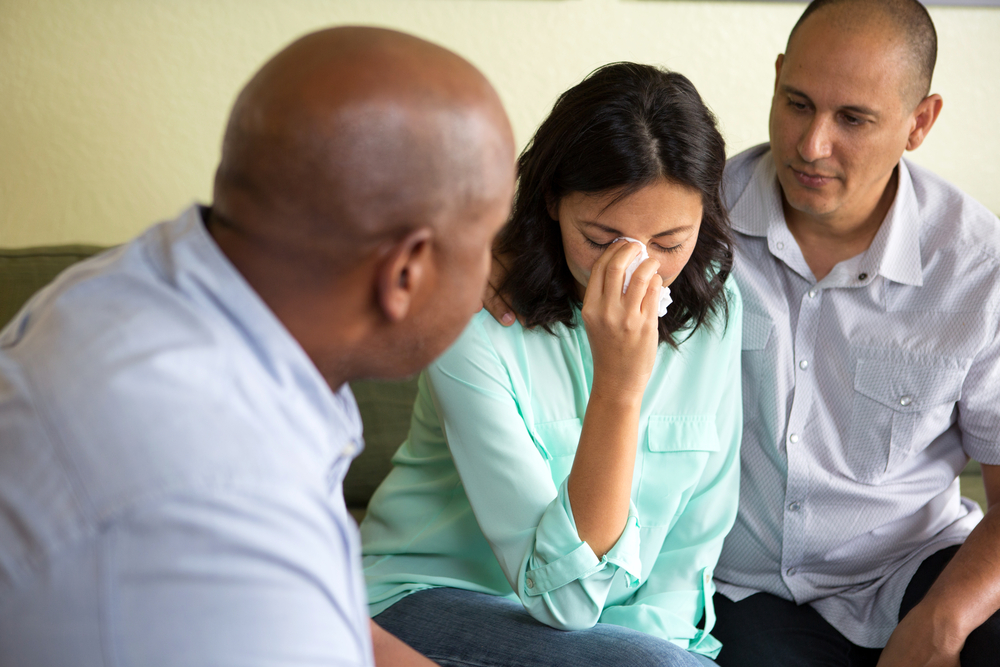
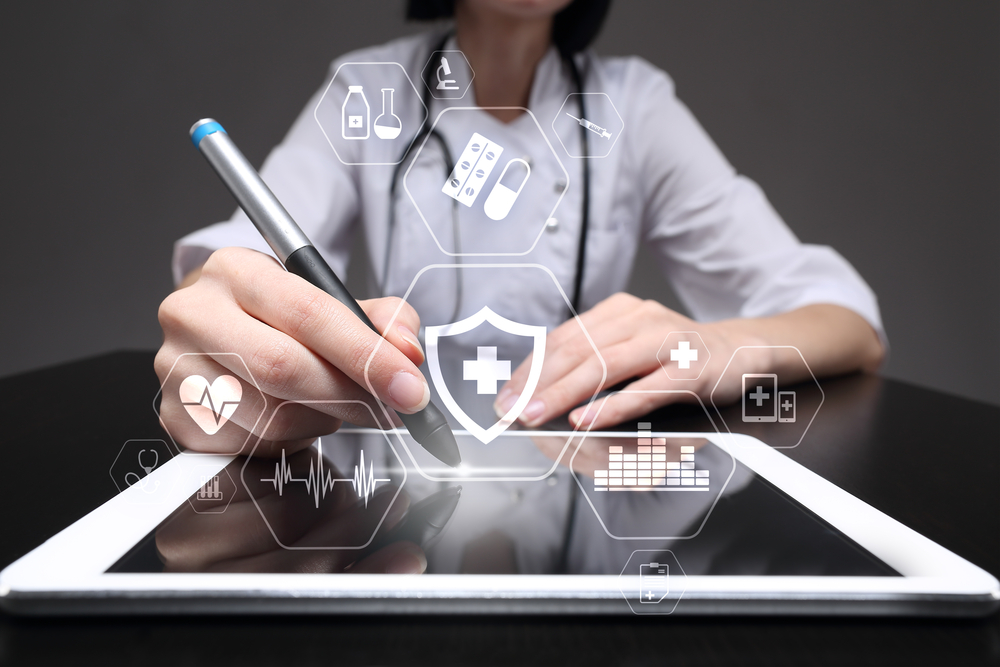


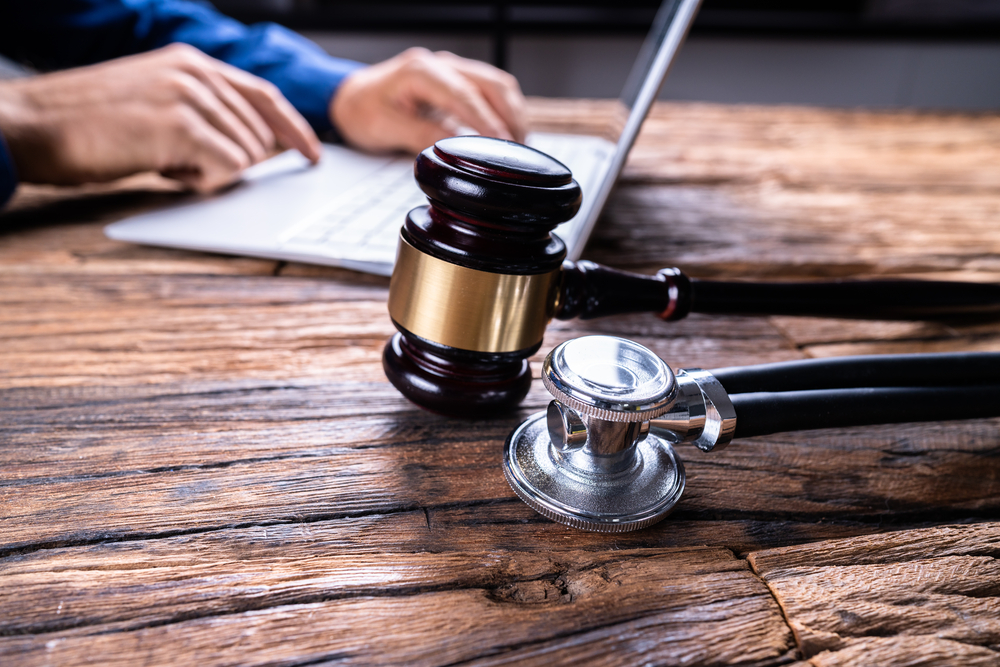
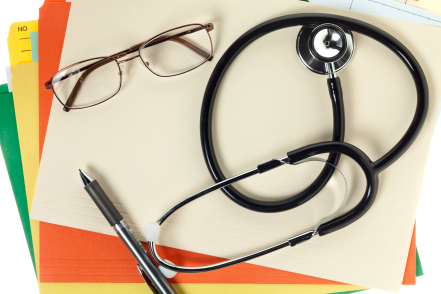 Written by Esme Wang.
Written by Esme Wang. Written by Halley Jones.
Written by Halley Jones.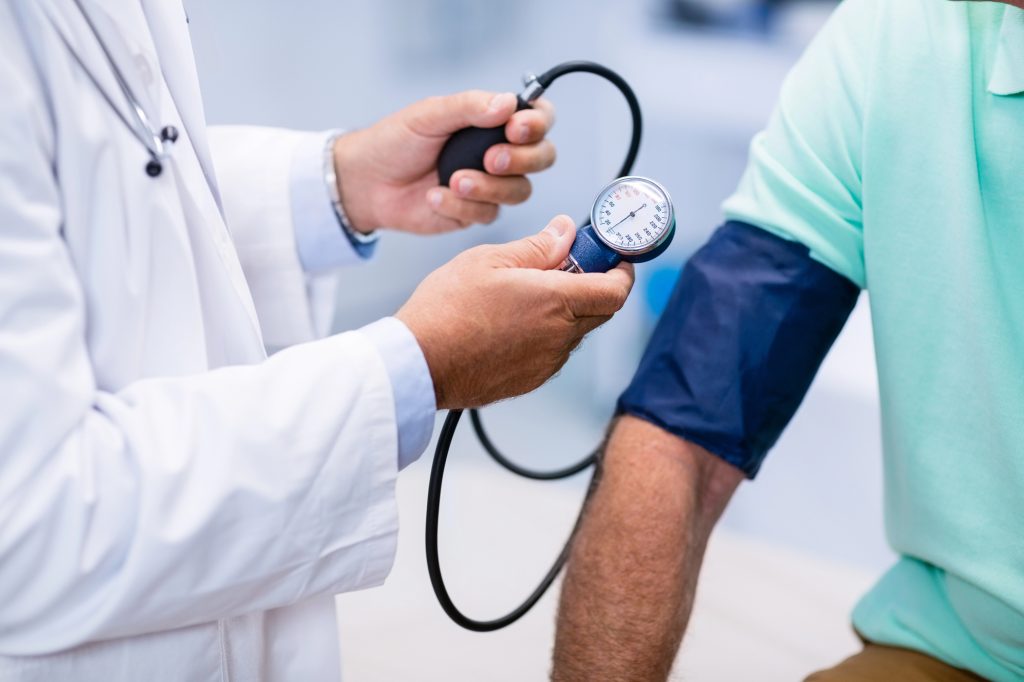 Written by Halley Jones.
Written by Halley Jones. Written by Issac Smith.
Written by Issac Smith.